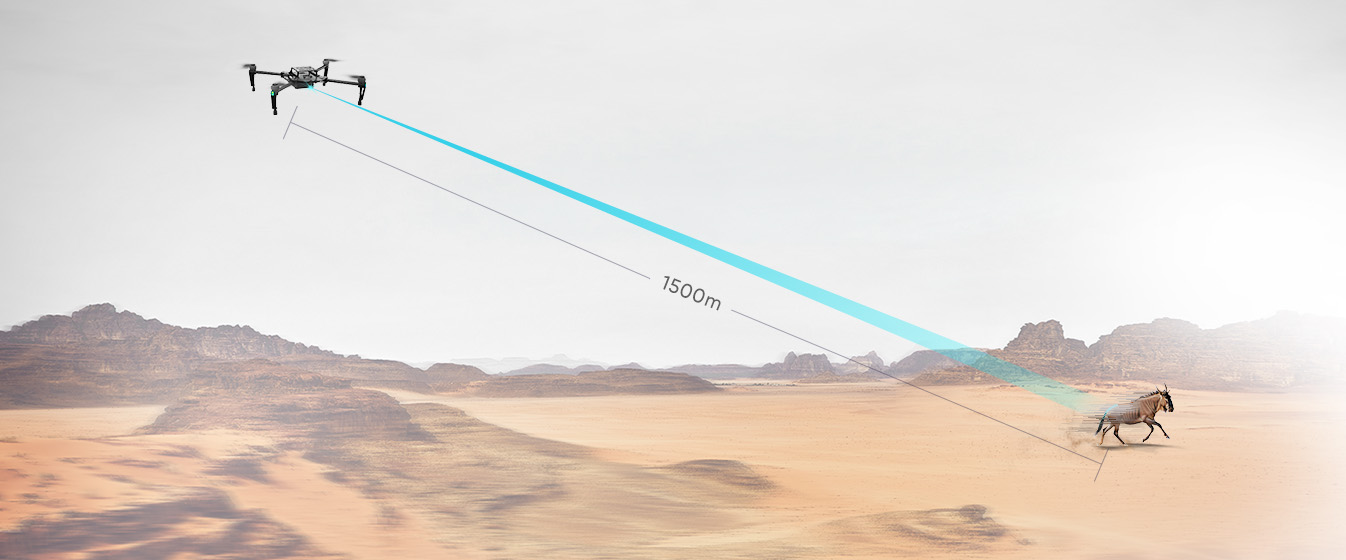Long Distance Series Product Model

2025-11-18

Why Choose Long-Range LiDAR?
The primary advantage of long-range LiDAR is its ability to detect and measure objects at significant distances, often from hundreds of meters to several kilometers away. This extended reach provides critical benefits:
· Early Detection: In high-speed environments like highways or rail transit, early detection gives systems more time to react, calculate trajectories, and prevent collisions.
· Enhanced Safety: For applications such as UAV terrain following or crane obstacle avoidance, a longer detection range creates a larger safety buffer, protecting valuable assets and personnel.
· Broad Area Coverage: A single long-range sensor can monitor a vast area, making it a cost-effective solution for applications like perimeter security, large-scale industrial automation, and smart city infrastructure.
Key Applications in Major Industries
Long-range LiDAR is not just a niche technology; it is a critical enabler across several key sectors. Its precision and reliability make it indispensable for systems where environmental awareness is paramount.
Smart Transportation
In the transportation sector, safety and efficiency are top priorities. Long-range LiDAR provides the high-performance perception needed for complex systems. Applications include:
· V2X and Holographic Intersections: Sensors monitor vehicle and pedestrian flow from a distance, feeding data to traffic management systems to optimize signal timing and prevent accidents.
· Highway and Rail Monitoring: Deployed along tracks or roadways, these sensors can detect obstacles like fallen debris, stalled vehicles, or animals, triggering alerts to prevent collisions.
· Tolling Systems: Long-range LiDAR accurately detects and classifies vehicles as they approach tolling gantries, ensuring seamless and precise automated toll collection.
Industrial Automation and Logistics
Efficiency in industrial environments often depends on automating large-scale movements. Long-range sensors are vital for:
· Crane Positioning and Collision Avoidance: In ports and large construction sites, LiDAR helps automate crane movement, preventing collisions with other equipment or structures.
· Large-Scale Level Detection: For managing materials in large silos or outdoor stockpiles, long-range LiDAR provides accurate, non-contact volume and level measurements.
· Automated Guided Vehicles (AGVs): In large warehouses or outdoor logistics yards, long-range LiDAR enables AGVs to navigate safely at higher speeds and over greater distances.
Unmanned Aerial Vehicles (UAVs)
For UAVs operating beyond visual line of sight, long-range perception is essential for safe navigation. Key uses include:
· Terrain Following: Drones used for agricultural spraying or infrastructure inspection can maintain a precise altitude over uneven ground.
· Obstacle Avoidance: Long-range sensors detect potential hazards like power lines, trees, and buildings well in advance, allowing the UAV to reroute its flight path.
Making the Right Choice
Choosing long-range LiDAR depends on your specific application requirements. Consider these factors:
1. Required Detection Distance: Does your system need to "see" hazards or objects from far away to react in time? If your operational speed is high or your environment is expansive, long-range is likely necessary.
2. Environmental Conditions: Will the sensor operate outdoors, potentially in rain, fog, or bright sunlight? Ensure the chosen LiDAR offers reliable performance in your expected conditions.
3. Integration Needs: Look for solutions designed for seamless system integration. A sensor that communicates effectively with your existing control units will reduce development time and costs.
By carefully evaluating your project’s needs against the unique capabilities of long-range LiDAR, you can build next-generation systems that are safer, more efficient, and more intelligent.
Benewake TF-A1500 Kilometer-Level Long Range LiDAR
The Benewake TF-A1500 is a kilometer-level LiDAR offering high-precision distance measurement and reliable long-range detection. With a range of up to 1,500 meters, it's ideal for applications like UAV altitude control, smart transportation, and IoT systems. The TF-A1500 long range LiDAR is designed for seamless integration and supports various industrial protocols, reducing deployment time. Its robust, cost-effective design ensures consistent performance in diverse environmental conditions, making it a practical choice for scalable projects.
Discover how Benewake advanced laser ranging sensors can transform your operations with precision, seamless integration, and cost-effective solutions. Contact us today to learn how our globally compliant products can elevate your UAV, IoT, and smart transportation systems with ease and efficiency.